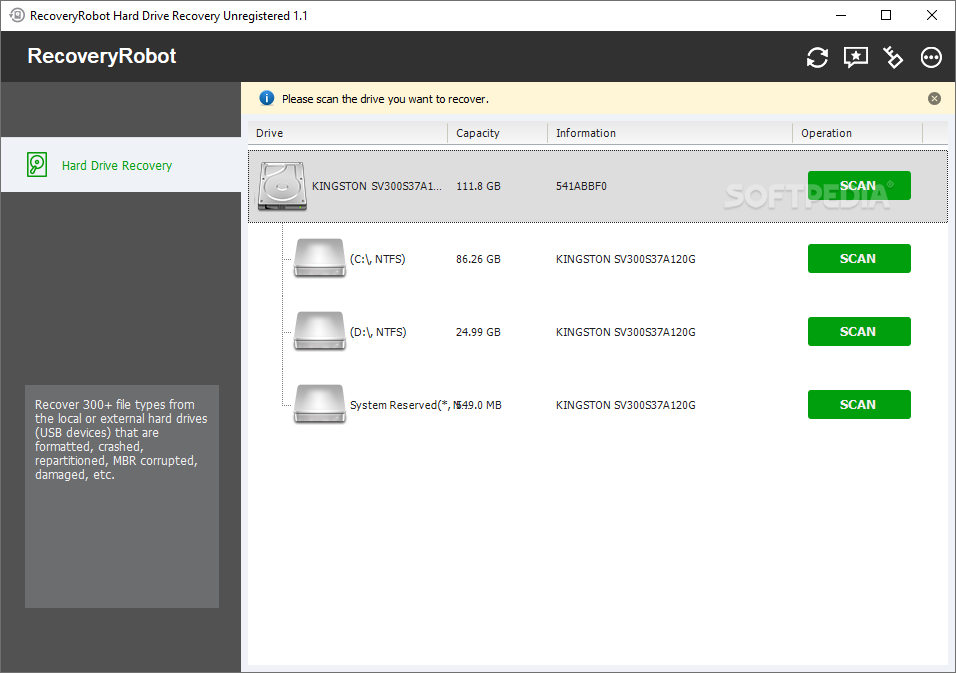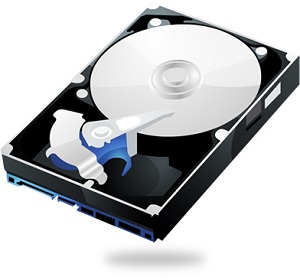

In the Taiwan pilot programme, 57% of the material was recycled, made up of magnets and aluminium. A large proportion of the 375 million hard drives sold by all companies in 2018 are now ending their warranty.įor drives that can't be reused, Seagate looks first at parts extraction and then materials recycling. There is huge potential for such schemes. "Right now, we are just looking at that double use," Ms Zuckerman says. There are no projections for how many times each drive can be refurbished and reused. "Our successes have been on a smaller scale, and I think that's probably true for others engaged in this work too." "We are seeing small data centres and cryptocurrency mining operations pick them up," she says. Refurbished drives are tested, recertified and sold with a five or seven-year warranty. The challenge now, Ms Zuckerman says, is to scale the programme up. That includes drives that were returned under their warranty and drives that were bought back from customers.Ī pilot take-back programme in Taiwan recovered three tonnes of e-waste. In its 2022 financial year, Seagate refurbished and resold 1.16 million hard drives and solid-state drives (SSDs), avoiding more than 540 tonnes of electronic waste (e-waste). "That is happening, but on a very small scale." "If we can universally, among all of our customers, trust that that we have secure erase, then drives can be returned to use," says Amy Zuckerman, sustainability and transformation director at Seagate. Seagate is a leading provider of data storage solutions, and a founding member of the CDI. More innovation in materials extraction and recycling is needed, says Seagate’s Amy Zuckerman It's still there, but it's impossible to read. If that key is deleted, all the data is scrambled.

Many modern drives have built-in encryption, so that the data on them can only be read if you have the encryption key. With today's storage capacities, it can take a day or two.īy comparison a cryptographic erase takes just a couple of seconds. Hard drives can be overwritten with new patterns of data, for example, which can then be checked to make sure the original data has gone. There are several ways a drive can be purged. When the drive is purged, data recovery is unfeasible using state-of-the-art tools and techniques. Data can never be recovered, and nor can the drive or its materials.īetween the two sits a secure option for re-use: purging. The most extreme method is to destroy the drives through melting or incineration. It's good enough if you want to reuse the drive within your company. All the data is deleted, but it could be recovered using specialist tools. It can't be one in a million drives, one in 10 million drives, one in 100 million drives that leaks. The reason? "The cloud service providers we spoke to said security, but what they actually meant was risk management," says Mr Hands. Drives that store less sensitive data are spared, but the CDI estimates that 90% of hard drives are destroyed when they are removed. Storage devices are typically sold with a five-year warranty, and large data centres retire them when the warranty expires. One ITAD provider said they were shredding five million drives for a single customer." "Just erase the data, and then sell them! They said the customers wouldn't let them do that.

"What do you mean, you destroy them?" says Mr Hands, relating the story. The answer came back: "Sorry, we have to shred old drives." In 2021, the company approached IT Asset Disposition (ITAD) firms, who dispose of old technology for businesses that no longer need it. He also works at Chia Network, which provides a blockchain technology.Ĭhia Network could easily reuse storage devices that large data centres have decided they no longer need. He is the secretary and treasurer of the Circular Drive Initiative (CDI), a partnership of technology companies promoting the secure reuse of storage hardware. "You don't need an engineering degree to understand that's a bad thing," says Jonmichael Hands. Millions of storage devices are being shredded each year, even though they could be reused. Millions of usable hard drives are destroyed every year


 0 kommentar(er)
0 kommentar(er)
